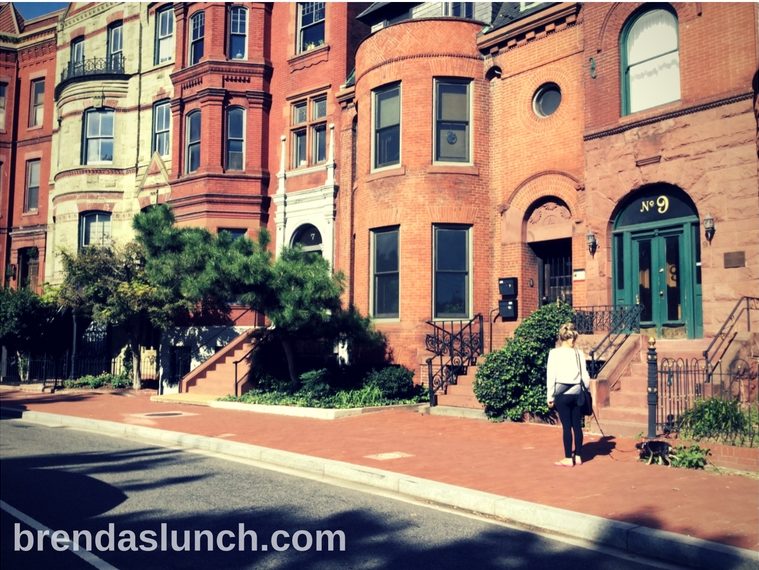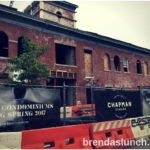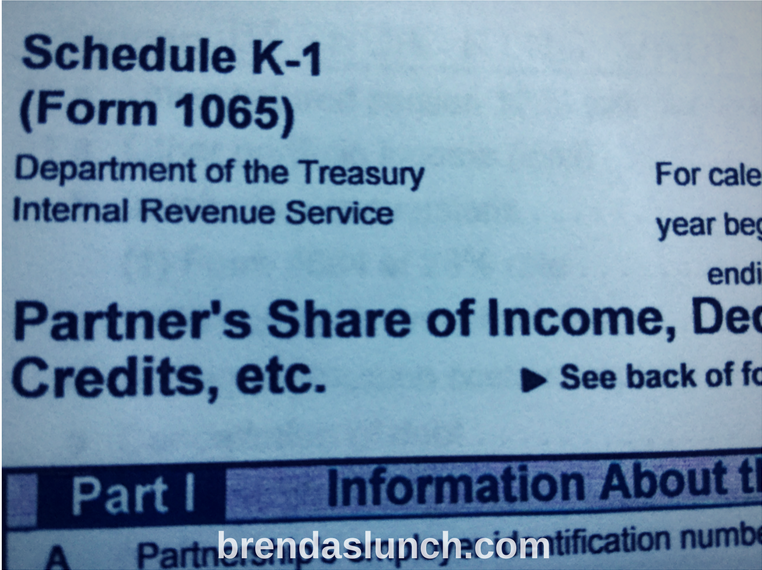
The Washington DC Metropolitan area real estate market has changed dramatically during the past 10 – 15 years! What drove the change? One word – commute. Anyone who lives in or has visited this area knows that traffic is a major daily issue. The round-trip commute between home and work can easily take 2 – 3 hours every single day. It would be nice if you could just put the car on cruise control and relax for the 2 -3 hours, but that is not the case. The grueling commute is stop-and-go, bumper-to-bumper. It is nerve-wracking and very hard on the body, particularly the right ankle, right knee and right hip. Commuters have had enough!
The Capital Beltway is the “Main Street” of the Washington Metropolitan area. It forms a ring around Washington DC and it’s close-in suburbs of Maryland and Virginia. Inside the Beltway are older neighborhoods built in the 1950s and 1960s to house soldiers returning from World War II. After Martin Luther King’s assassination in 1968, and the subsequent riots in Washington DC, there was a mass exodus of middle class professionals and business owners from Washington DC and the inner suburbs to the outer suburbs. Starting in the 1970s, it became very fashionable to move to the outer suburbs. I remember very intense conversations between my parents about moving to the suburbs … Mom wanted to move … Dad wanted to stay. Guess who won? Dad!
When the Financial Control Board took over the control and management of Washington DC in 1995, Mayor Marion Barry appointed Anthony Williams to the Chief Financial Officer position. The Financial Control Board legislation gave Mayor Barry the right to hire the CFO, but the right to fire the CFO rested with the Financial Control Board. Anthony Williams was a number-cruncher, and very good at managing the city’s finances. When Mayor Barry declined to run for re-election in 1998, Anthony Williams ran for mayor and was elected to succeed Mayor Barry. Mayor Anthony Williams served as mayor for 8 years, 1999 – 2007.
Real estate developers loved Anthony Williams! They contributed heavily to his campaigns for mayor. Major development and re-development began during Mayor Williams’ first term in office. Development began in the downtown area of Washington DC, the business district. Old office buildings were demolished and replaced with new, modern buildings. The Metrorail subway system, opened in 1976, laid out a map for developers who focused on parcels near Metro stations. As they completed re-developing the downtown, development spread out into residential areas. Old apartment buildings and low-income housing were demolished to make way for high-end residential condominiums. That’s when we noticed the millennials moving into Washington DC from the outer suburbs in the early 2000s. Te biggest telltale sign was millennials walking their dogs down the streets. When Mayor Adrian Fenty was mayor 2007 – 2011, his signature achievements were building dog parks and bike lanes for the millennials! Thanks to Mayor Adrian Fenty, Washington DC is ranked #7 by Forbes for America’s most bike-friendly cities!
The Washington Post recently published an article detailing the rise of the Washington DC real estate market and stagnation of the outer suburban real estate markets, such as Loudoun County in Virginia. The article profiles a couple who paid more than $900,000 for a single family home in Loudoun County in 2005, which was the peak of the real estate bubble. A decade later, they are unable to sell their home, even at a loss! Meanwhile, homes in Washington DC zip code 20002 are up 91% over the past decade! This article is an eye-opening analysis, which documents the complete reversal of real estate trends in the Washington DC Metropolitan real estate market! For the juicy details, click here.
The opinions expressed herein are solely those of the Author/WebMaster. Before taking any action, please consult your real estate, financial, and legal advisors.









